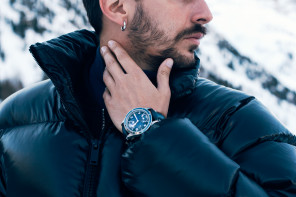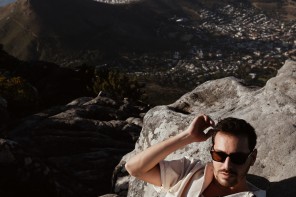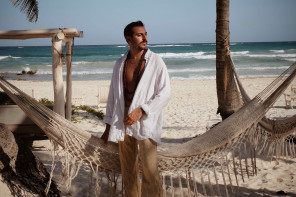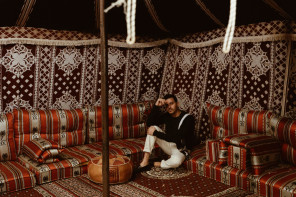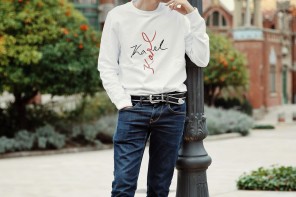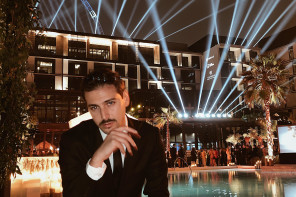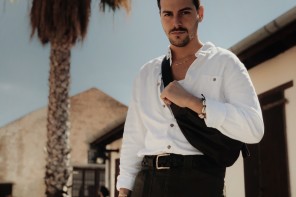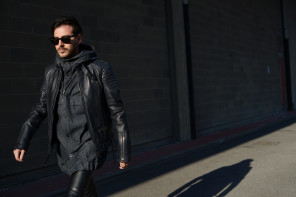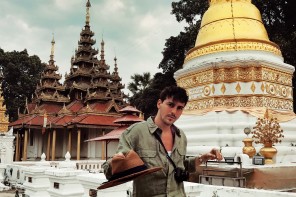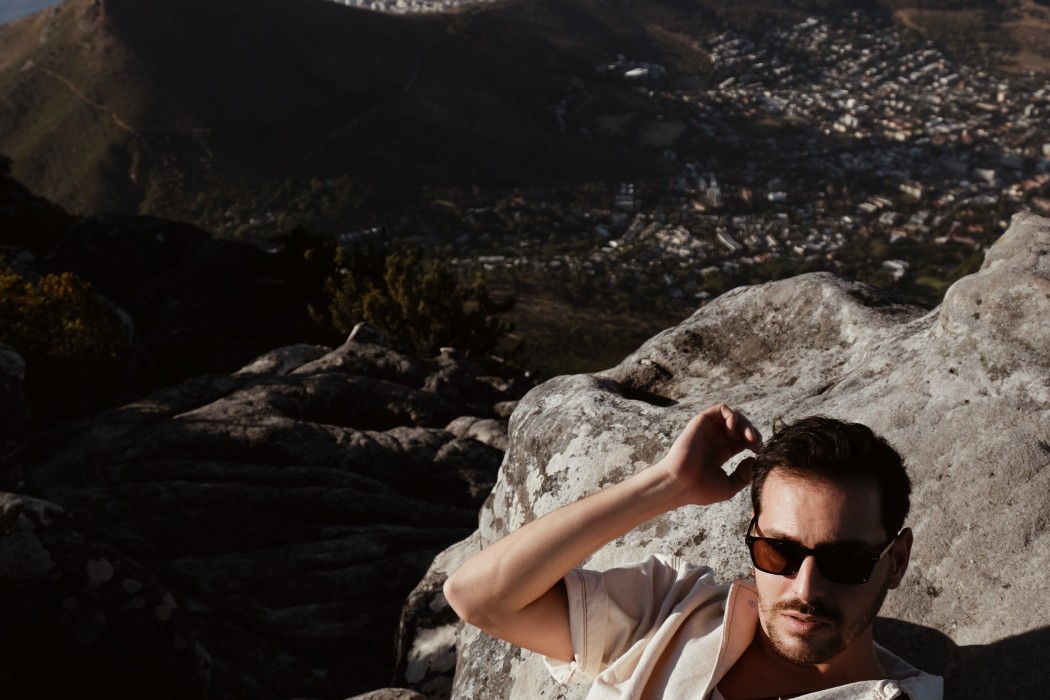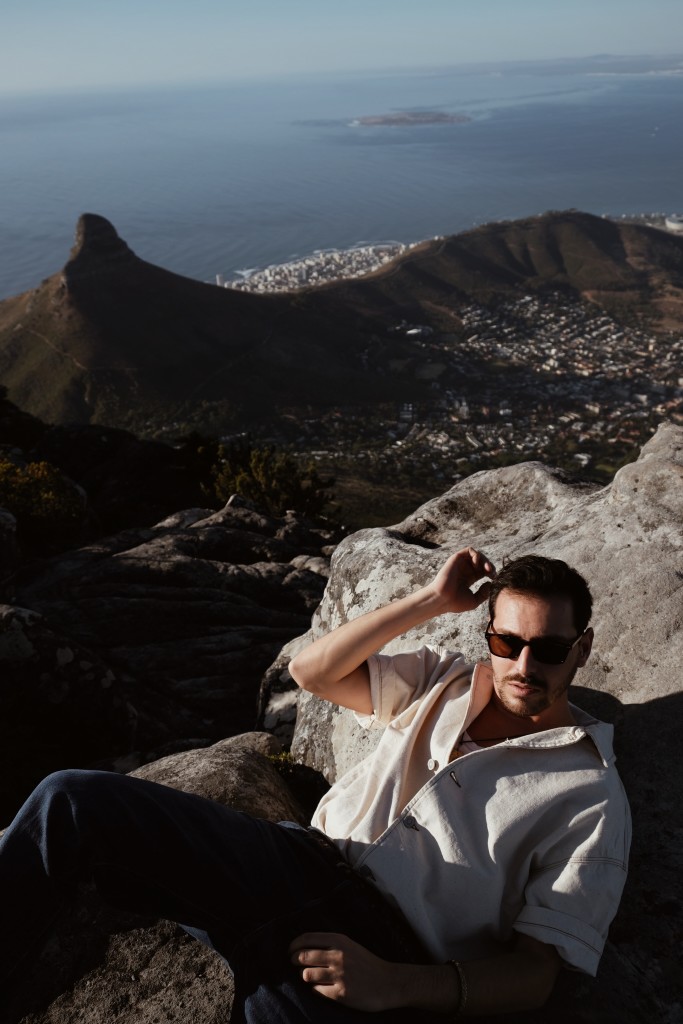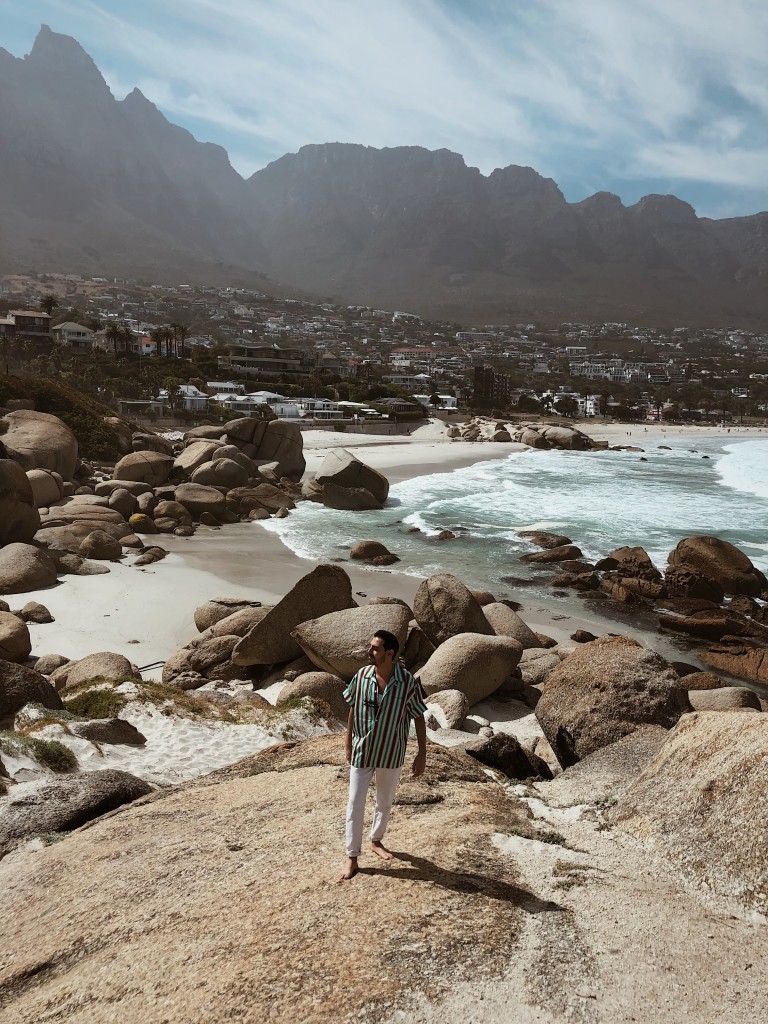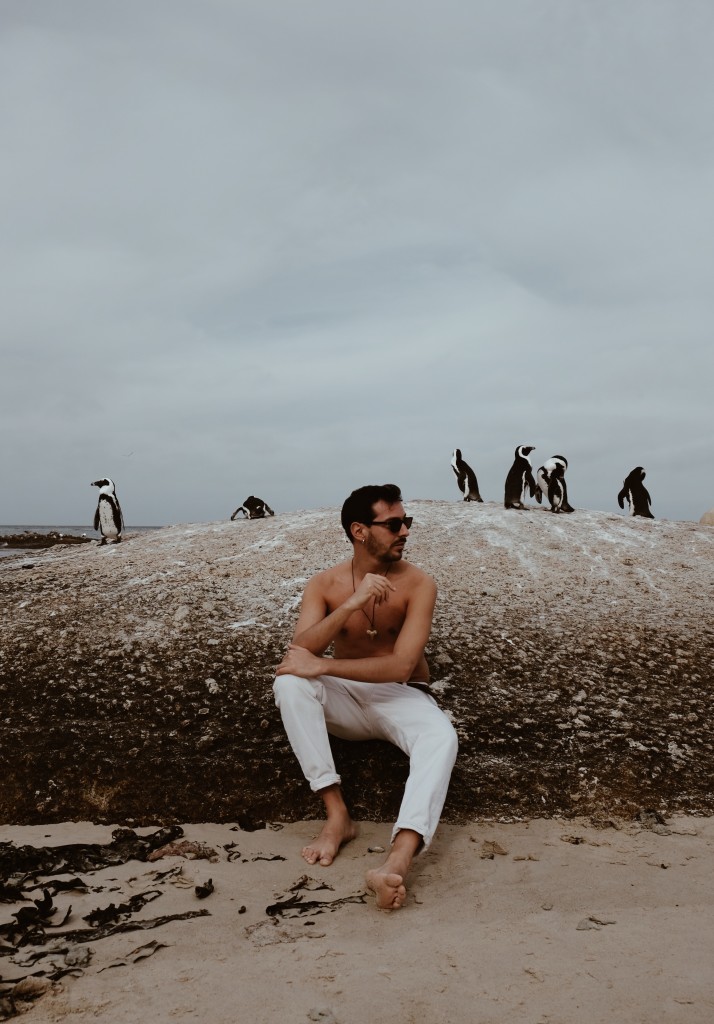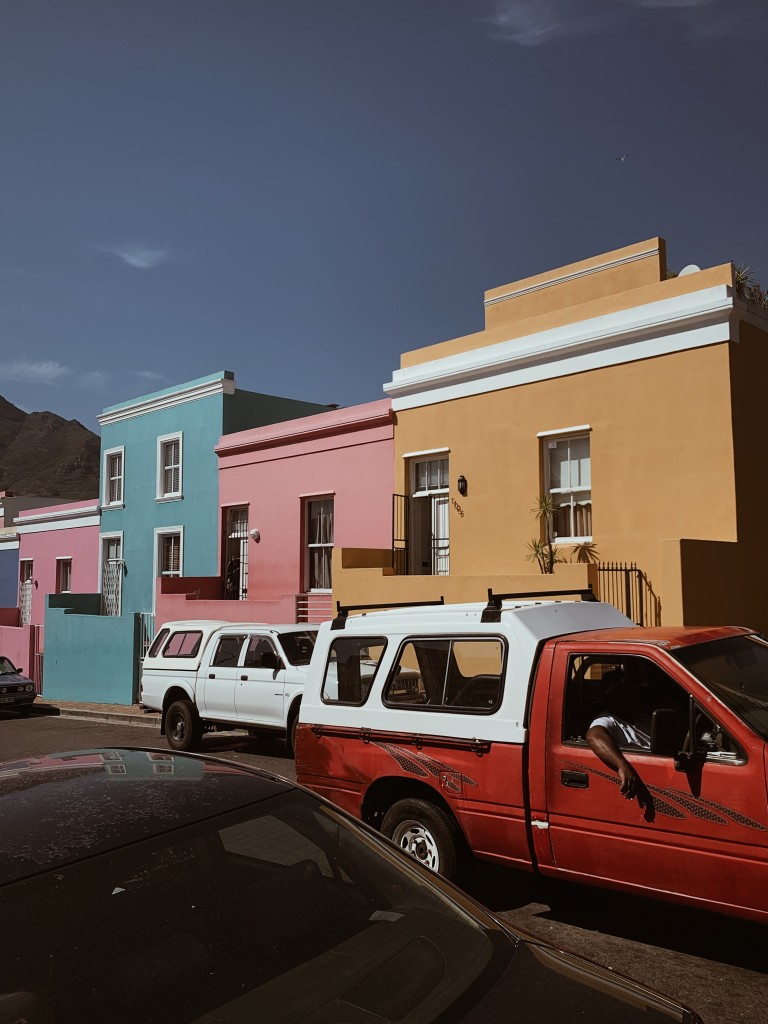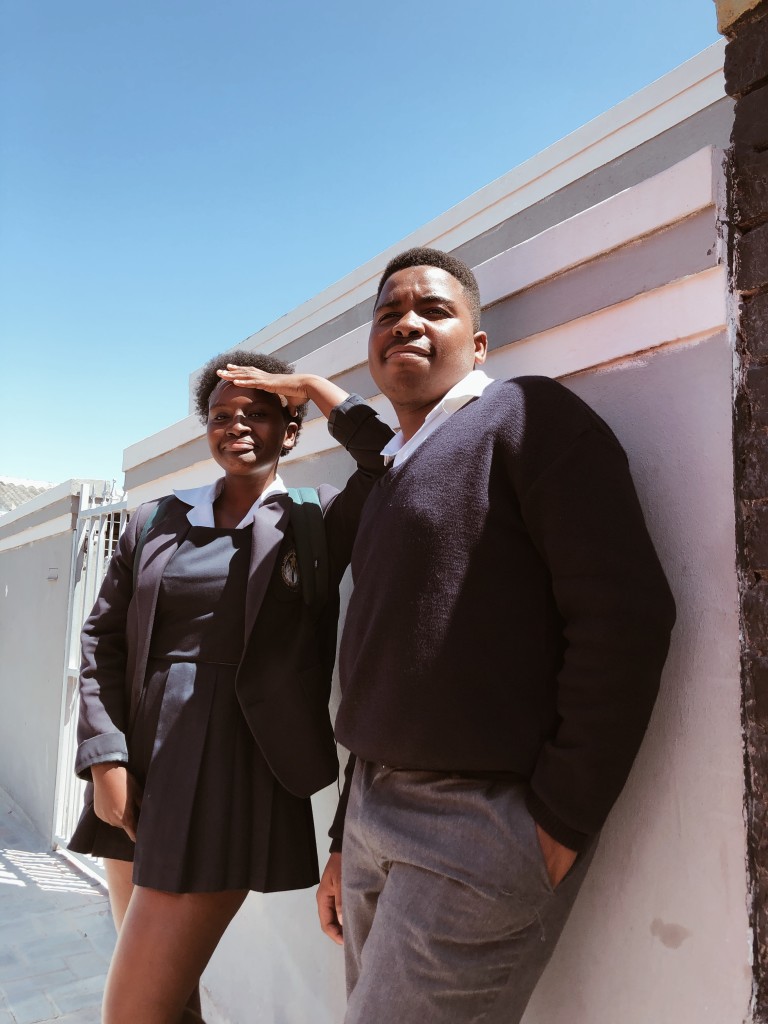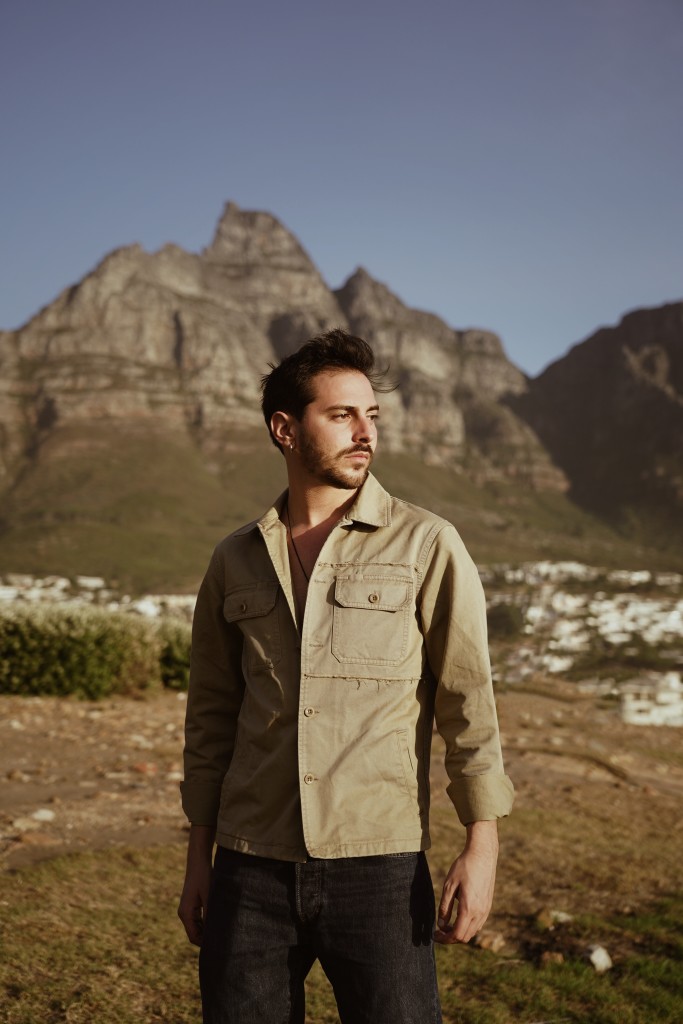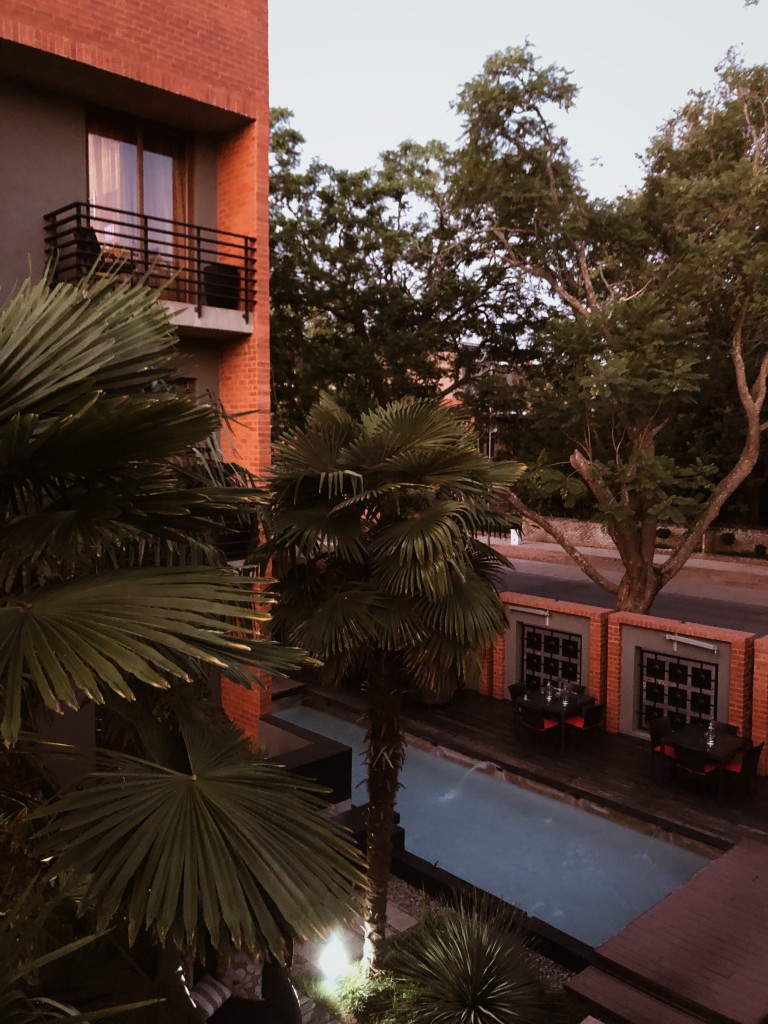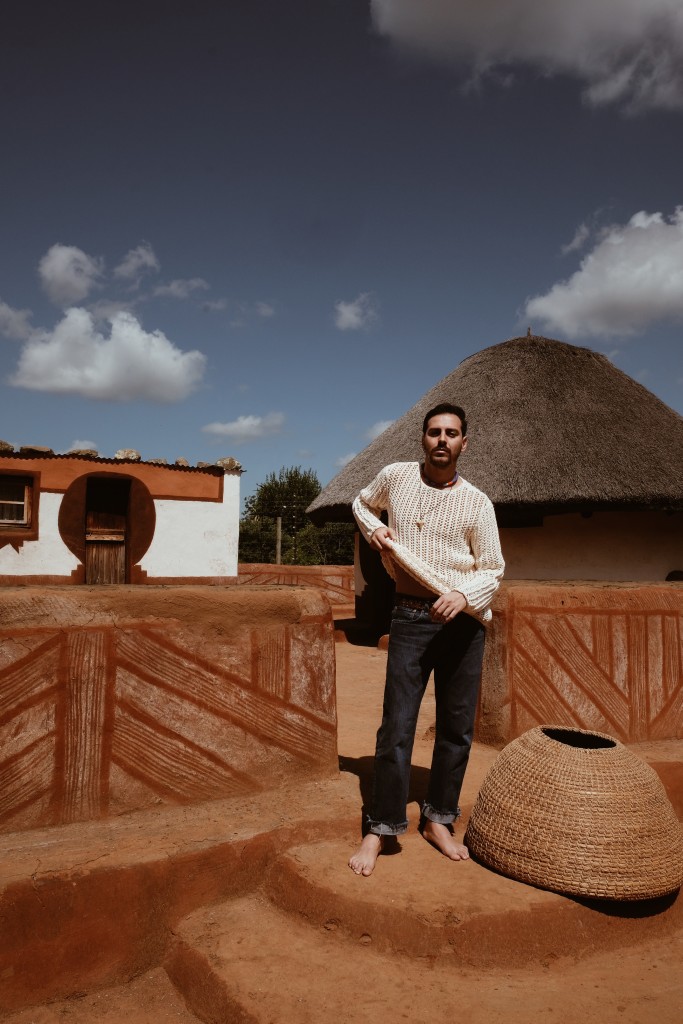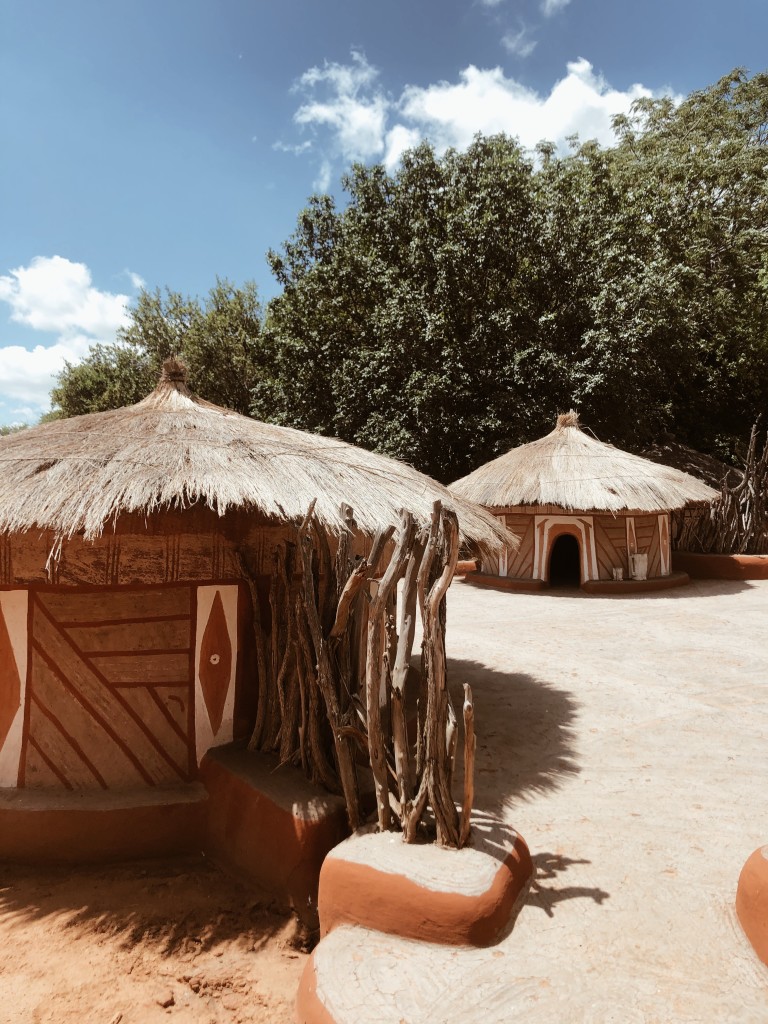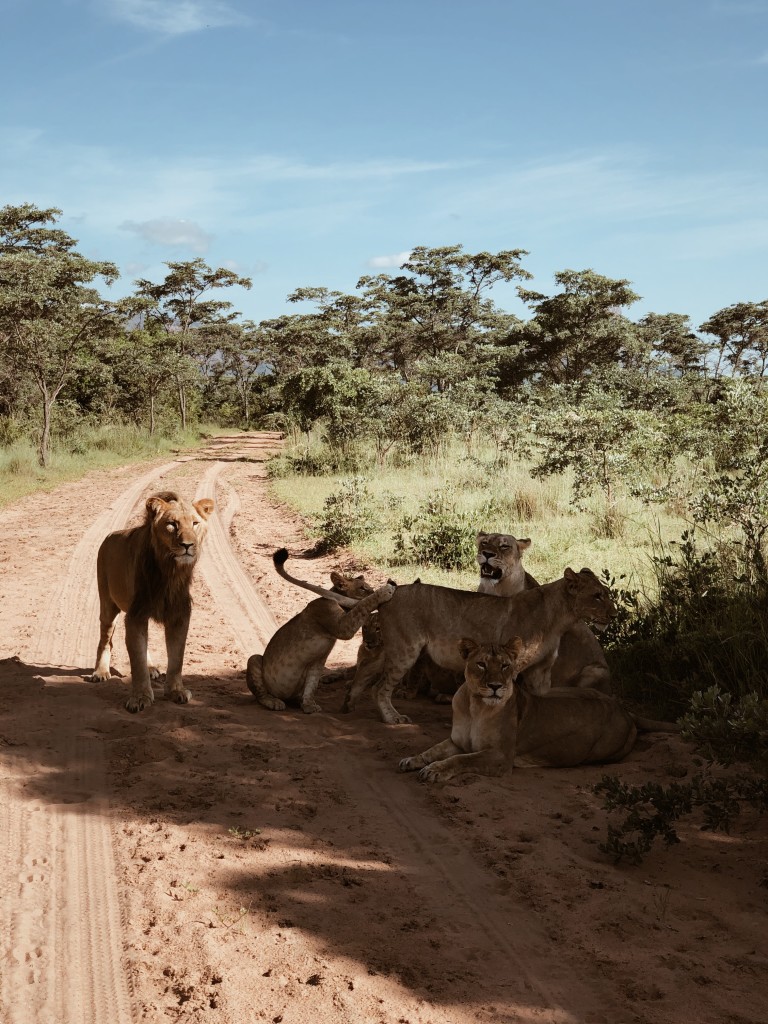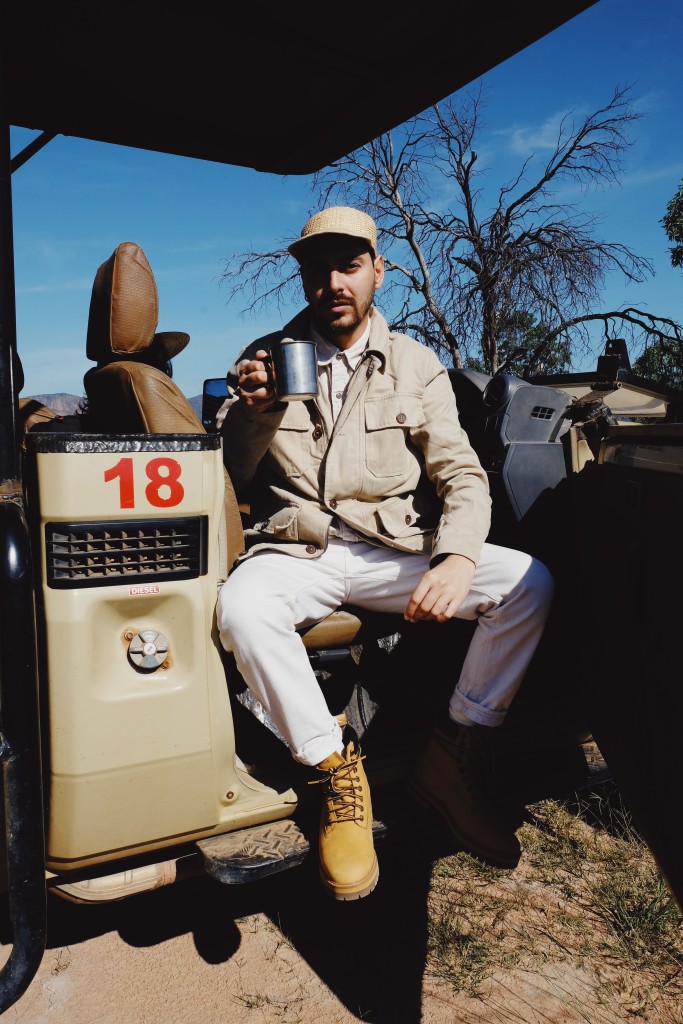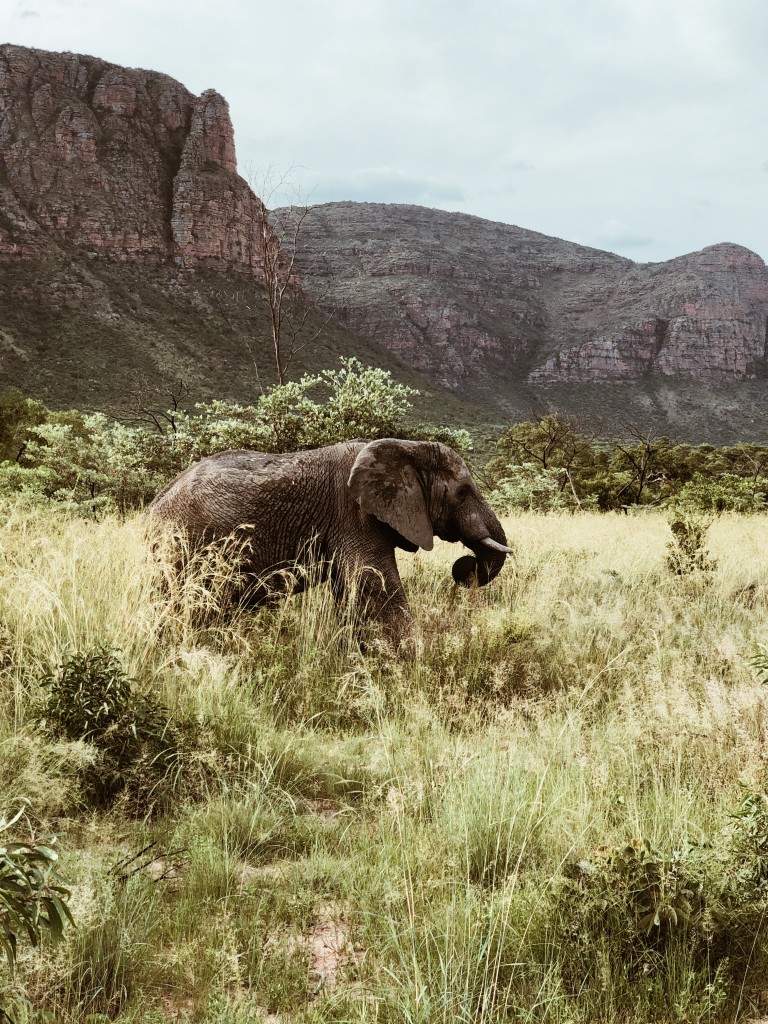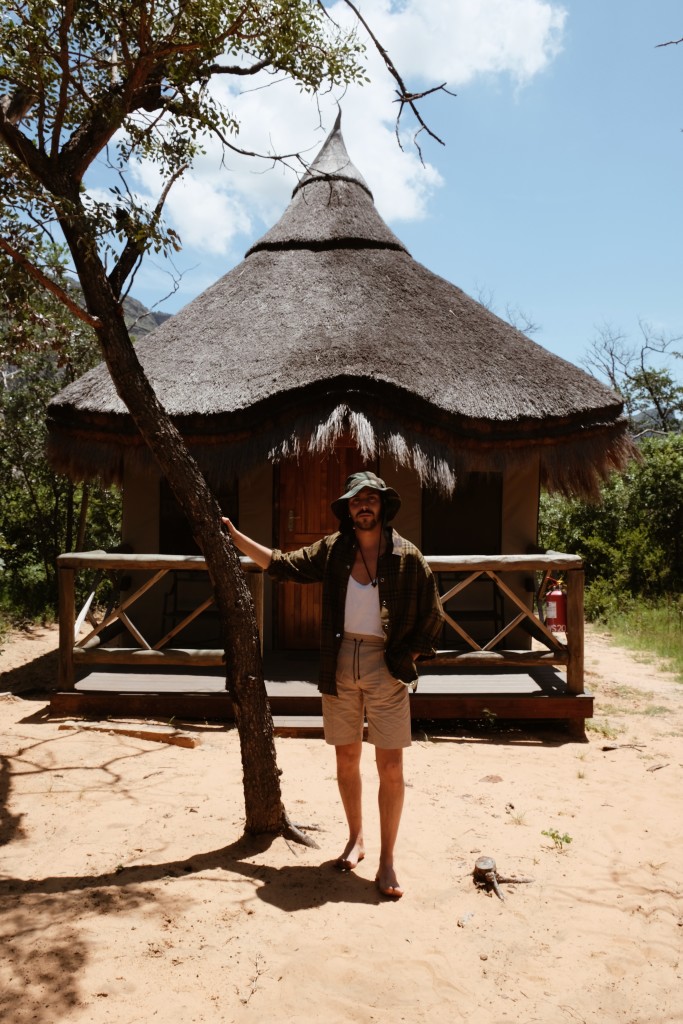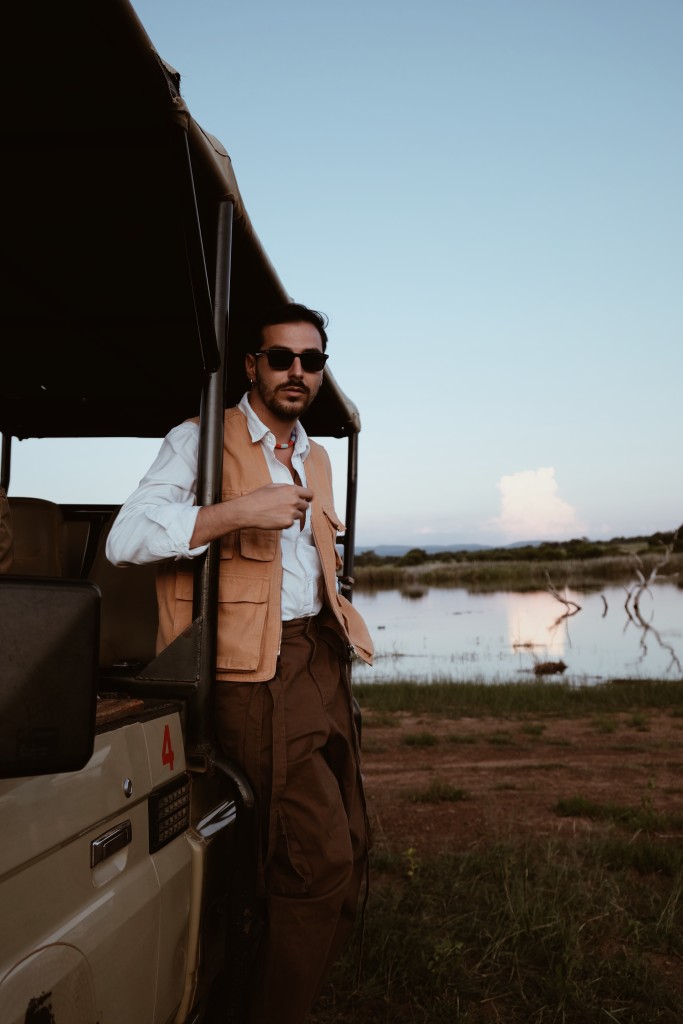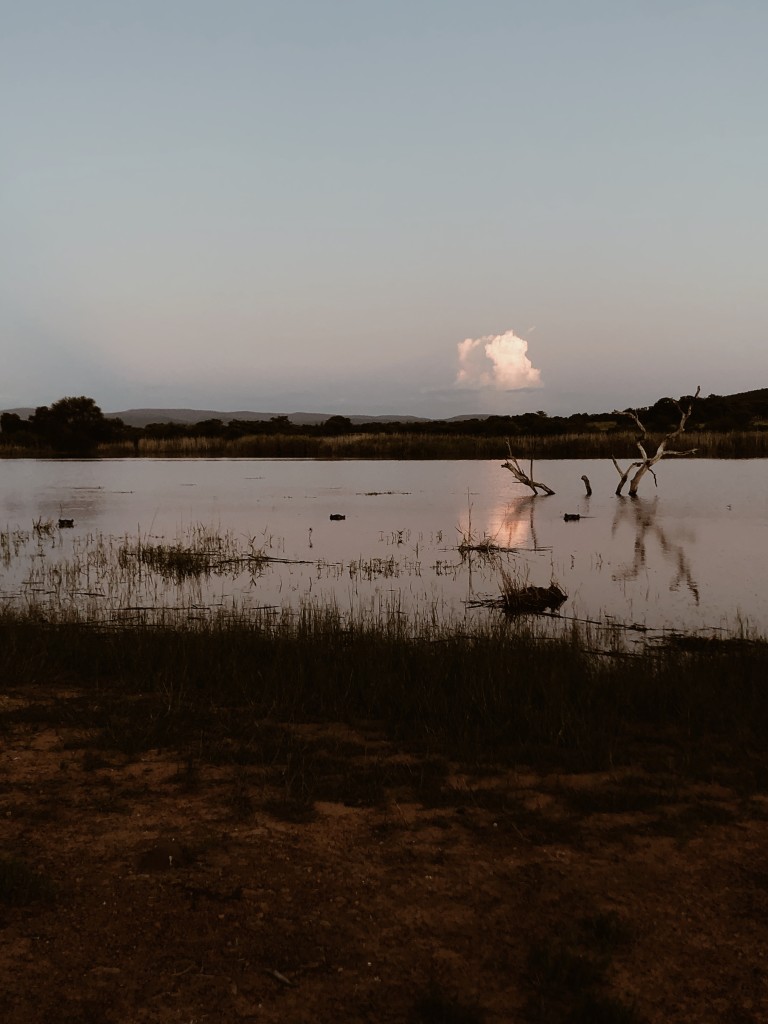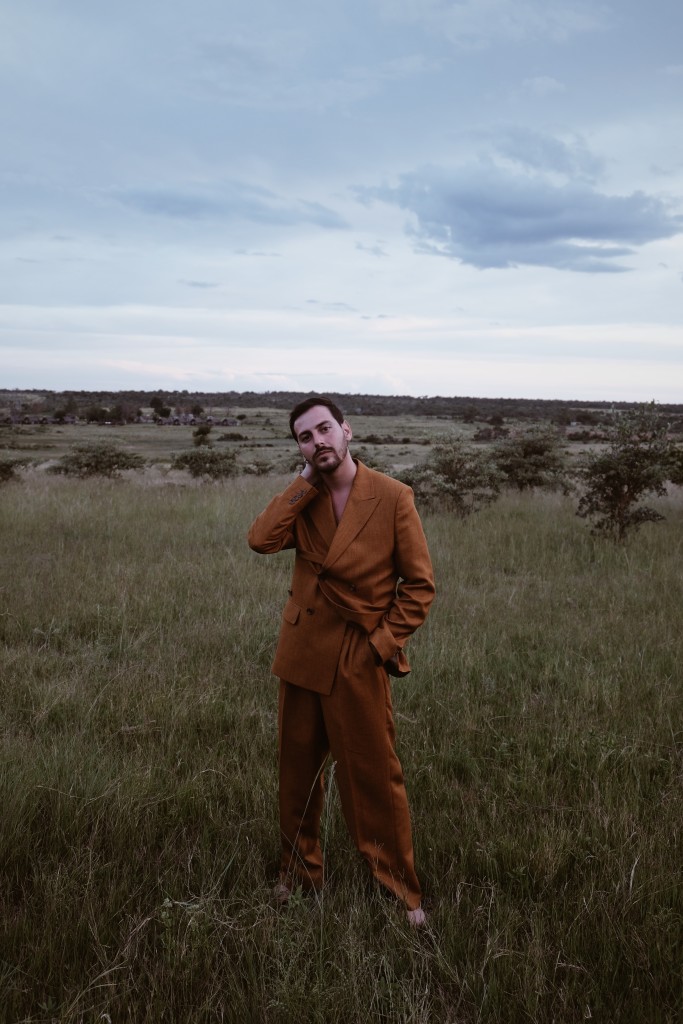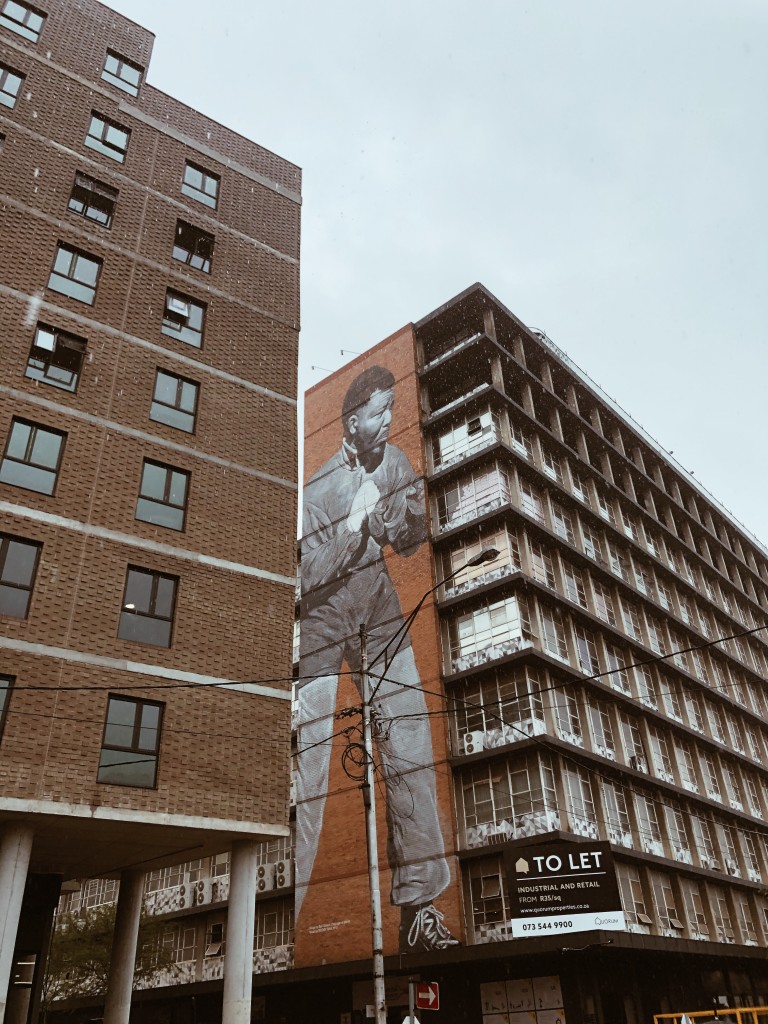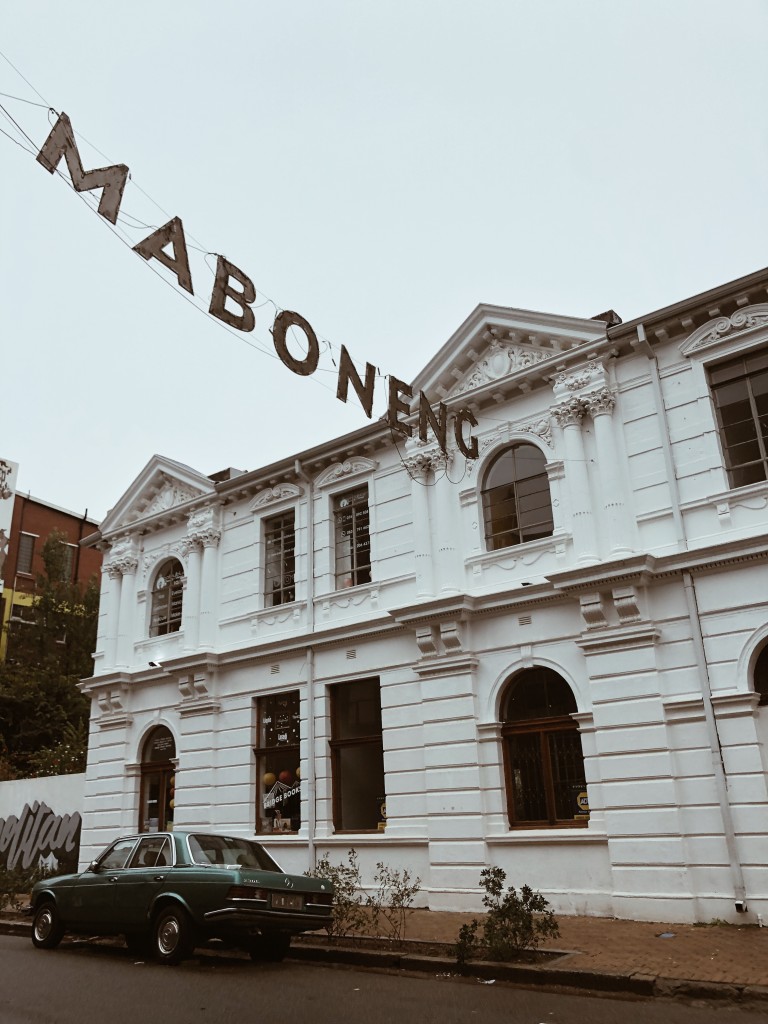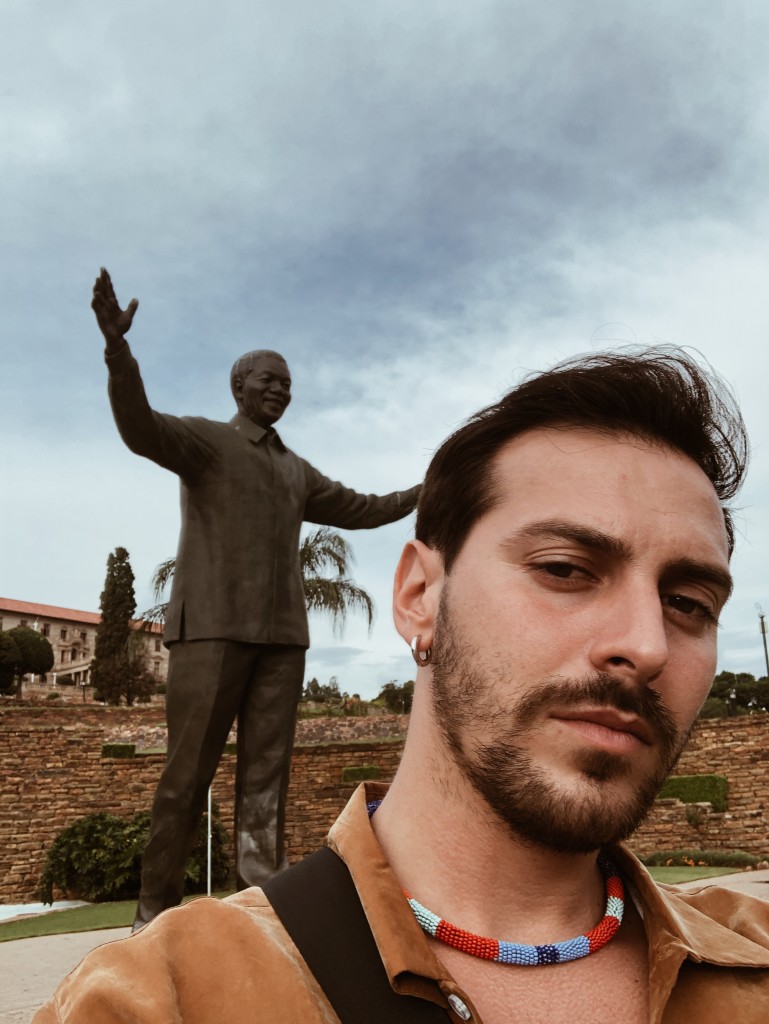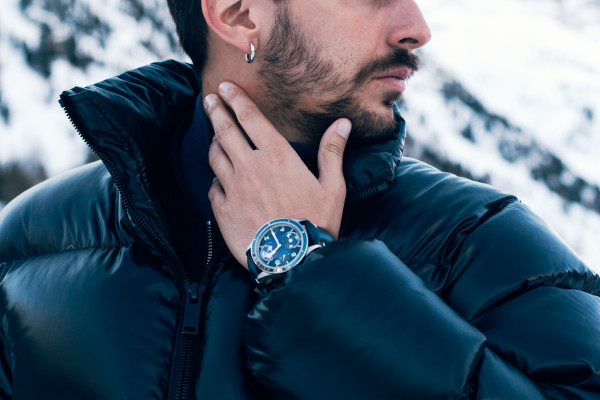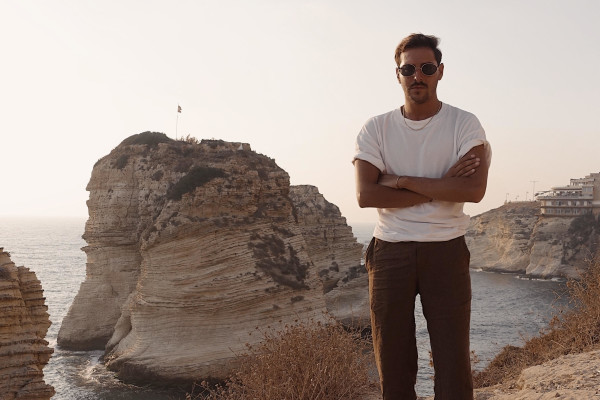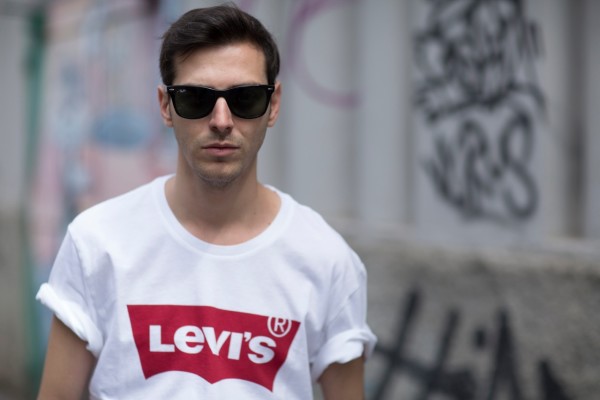Cosa vedere in Sudafrica in dieci giorni
Ripenso ai posti che ho visitato nei primissimi mesi di quest’anno, prima che l’emergenza coronavirus scoppiasse. Prima ancora che in Messico, di cui potete leggere il post che ho scritto cliccando qui, tra fine gennaio ed inizio febbraio sono stato in Sudafrica. Era la mia primissima volta: erano anni che desideravo fare questo viaggio e finalmente ero riuscito ad organizzarlo! Avevo infatti tenuto da parte una decina di giorni da dedicare alla scoperta di questo paese che sapevo essere incredibile, ma che si è rivelato dal vivo ancora più magico e capace di regalare emozioni forti.
Thinking about the places I visited in the first few months of this year, before the coronavirus emergency broke out. Before Mexico, about which you can read my post by clicking here, between late January and early February I travelled to South Africa. It was my very first time in this country: I had wanted to make this trip for years and finally I managed to organize it! I had in fact kept aside about ten days to discover this country that I knew was incredible, but which proved to be, in person, even more magical and capable of giving strong emotions.
Ho trascorso le prime quattro notti a Cape Town, scoprendo non solo una città fantastica ma anche dintorni che mi hanno lasciato senza fiato. Nella mia top 3 delle cose da non perdere in città ci sono sicuramente Boulders Beach, l’iconica spiaggia di sabbia e rocce di granito dove è possibile fare il bagno insieme ai pinguini: si trova nei pressi di Simon’s Town, nella penisola del Capo, e per l’appunto da qualche decennio ospita stabilmente una colonia di pinguini africani! Da lì il mio itinerario è proseguito raggiungendo Cape Point e Capo di Buon Speranza, tradizionalmente considerato come il punto più a sud del continente africano oltre che punto di incontro tra l’Oceano Atlantico e l’Oceano Indiano.
Altro highlight è sicuramente il quartiere delle pittoresche case colorate di Bo-Kaap ed il vicino District Six, dove è possibile visitare l’omonimo museo che racconta come questo quartiere sia stato raso al suolo nel periodo dell’apartheid… Esperienza assolutamente toccante e da non perdere.
Infine, la mia attività preferita in assoluto di Cape Town: la salita in funivia sulla sommità della Table Mountain, una delle 7 meraviglie del mondo naturale, per godersi il panorama sulla città dall’alto!
I spent the first four nights in Cape Town, discovering not only a beautiful city but also surroundings that left me breathless. In my top 3 of the things not to be missed in the city there are certainly Boulders Beach, the iconic sand and granite rocks where you can swim with the penguins: it is located near Simon’s Town, in the Cape Peninsula, and for just a few decades it has permanently hosted a colony of African penguins! From there my itinerary continued reaching Cape Point and Cape of Good Hope, traditionally considered to be the southernmost point of the African continent as well as a meeting point between the Atlantic Ocean and the Indian Ocean.
Another highlight is certainly the neighborhood of the picturesque colorful houses of Bo-Kaap and the nearby District Six, where you can visit the museum of the same name that tells how this neighborhood was razed to the ground during the apartheid period… An absolutely touching and not to be missed experience.
Finally, my absolute favorite activity in Cape Town: the cable car ride to the top of Table Mountain, one of the 7 wonders of the natural world, to enjoy the panorama of the city from above!
Salutata Cape Town (e il profondo sud-Sudafrica), ci spostiamo poi con un volo interno nella provincia più settentrionale, ricca di parchi e riserve naturali, la provincia del Limpopo. Trascorriamo le prime due notti nella città di Polokwane, presso il Fusion Boutique Hotel. Qui visitiamo il museo open-air di Bakone Malapa, villaggio culturale ricostruito dalla popolazione Bakone (uno dei clan della tribù Basotho) secondo lo stile di 250 anni fa, dove è possibile imparare molto sulla loro cultura, sul loro stile di vita tradizionale ma anche sulle loro usanze contemporanee.
After leaving Cape Town (and the deep south-South Africa), we then move with an internal flight to the northernmost province, full of parks and nature reserves, the province of Limpopo. We spent the first two nights in the city of Polokwane, at Fusion Boutique Hotel. Here we visited the open-air museum of Bakone Malapa, a cultural village rebuilt by the Bakone population (one of the clans of the Basotho tribe) in the style of 250 years ago, where it is possible to learn a lot about their culture, their traditional lifestyle but also on their contemporary customs.
Then we headed for the next two nights to Entabeni Wildside Camp, a lodge nestled in the bush where you sleep in characteristic huts for an experience of absolute contact with nature. Here I can say that I had one of the most beautiful experiences of my whole life, the safari. Seeing animals such as giraffes, elephants, lions, cheetahs, zebras, hyenas, monkeys up close in an open jeep… It is simply breathtaking.
Giungiamo così alla terza ed ultima tappa dei miei dieci giorni in Sudafrica: Johannesburg. Qui ho trascorso le ultime tre notti del viaggio presso l’hotel 54 on bath, riuscendo a visitare anche alcune città vicine come Soweto e la capitale Pretoria.
A Johannesburg vi consiglio di visitare il quartiere Maboneng, uno dei quartieri riqualificati nell’ultimo decennio che ora ospita street art, gallerie d’arte, ristoranti e negozietti tipici. Per scoprire e capire meglio la storia del paese, invece, è da non perdere la visita al Museo dell’Apartheid che commemora la tristemente nota politica di discriminazione razziale istituita dal governo di etnia bianca e rimasta in vigore fino al 1994, quando, grazie al decisivo contributo di Nelson Mandela, nel Paese si tennero le prime elezioni completamente democratiche in cui tutti di ogni razza hanno potuto votare. Era il 27 Aprile e da allora ogni anno in questo giorno si celebra la Festa della libertà!
Thus we come to the third and final stop of my ten days in South Africa: Johannesburg. Here I spent the last three nights of the trip at the 54 on bath hotel, also managing to visit some nearby cities such as Soweto and the capital Pretoria.
In Johannesburg I recommend you visit the Maboneng district, one of the neighborhoods redeveloped in the last decade which now houses street art, art galleries, restaurants and typical shops. To discover and better understand the history of the country, however, you need to pay a visit to the Apartheid Museum that commemorates the sadly known policy of racial discrimination established by the government of white ethnicity and remained in force until 1994, when, thanks to Nelson Mandela, the first completely democratic elections were held in the country, in which everyone of every race was able to vote. This happened on April 27th and since then every year on this day they celebrate the Freedom Day!
Non potevo perdermi a Soweto il rito del braai, il barbecue sudafricano: assolutamente delizioso. Mentre a Pretoria ci tenevo tantissimo a vedere dal vivo la gigantesca statua di Nelson Mandela con le braccia aperte a simboleggiare l’unità del paese per cui si è sempre battuto.
I could not miss the ritual of braai, the South African barbecue, in Soweto: absolutely delicious. While in Pretoria I just really wanted t to see the gigantic statue of Nelson Mandela with open arms to symbolize the unity of the country he has always fought for.
Si conclude così il mio viaggio: ringrazio l’Ente del Turismo del Sudafrica per avermi regalato una delle experience più belle della mia vita. A presto qui sul blog con nuovi post!
This is how my journey ends: I would like to thank South Africa Tourist Board for letting me have one of the best experiences of my life. See you soon here on the blog with new posts!
